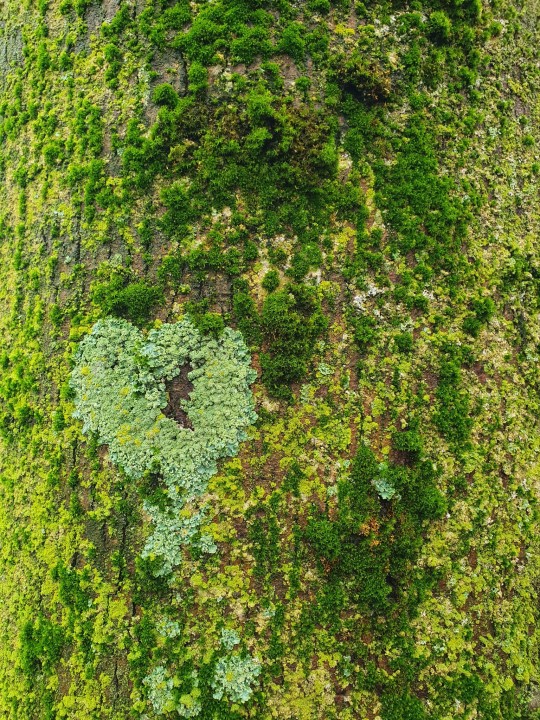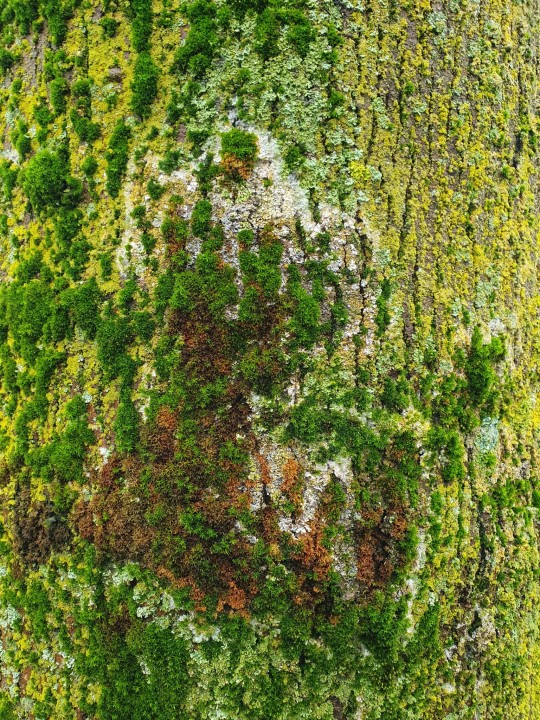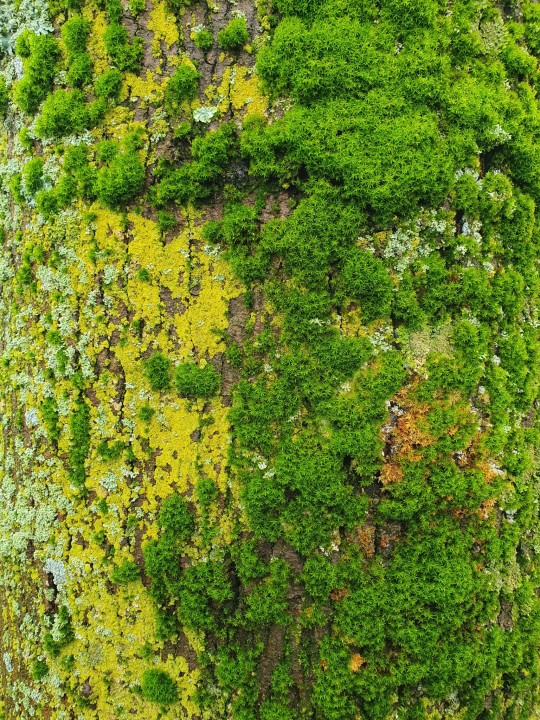#algae
Text

On a scale of "Lables on the algal cultures in my labs collection", how are y'all doing today?
167 notes
·
View notes
Text

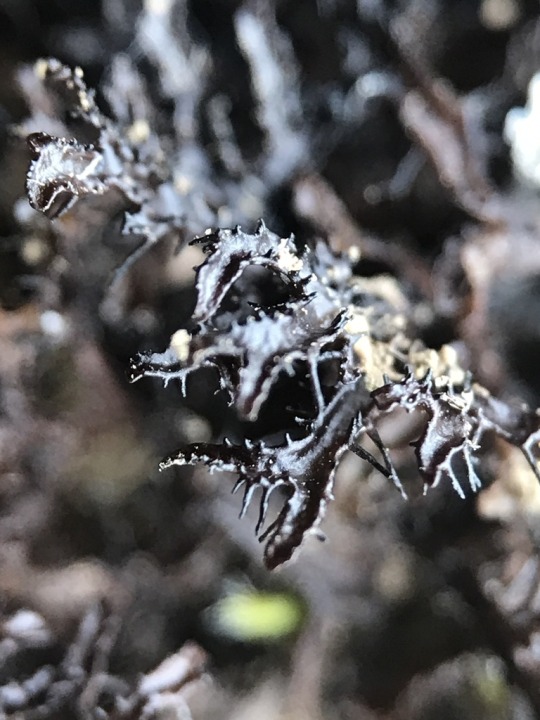

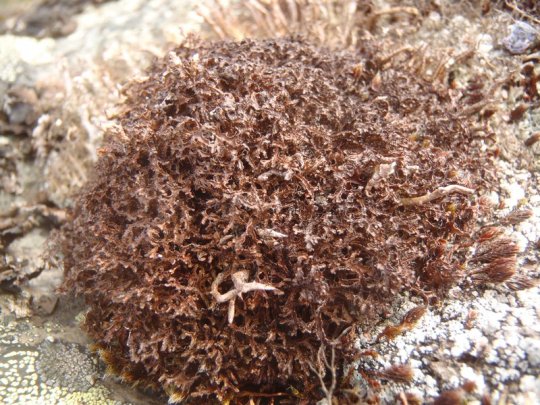




Cetraria nigricans
Blackened Iceland lichen
This foliose-fruticose lichen forms mats and rounded tufts made up of narrow, channeled, ciliate-margined lobes. The upper surface is olive to dark brown to black-brown in color, and becomes darker when exposed to sunlight. The lower surface is paler brown, with inconspicuous pseudocyphellae. It produces marginal apothecia which have spiny margins and convex, red-brown discs. C. nigricans grows on soil and rock in exposed, arctic-alpine regions.
images: source | source | source
info: source | source
#lichen#lichens#lichenology#lichenologist#mycology#ecology#biology#fungi#fungus#symbiosis#symbiotic organisms#algae#life science#environmental science#natural science#nature#the natural world#beautiful nature#weird nature#Cetraria nigricans#Cetraria#trypo#trypophobia#i'm lichen it#lichen a day#daily lichen post#lichen subscribe
41 notes
·
View notes
Photo
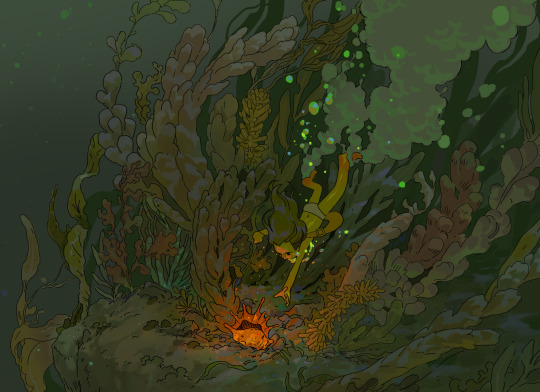
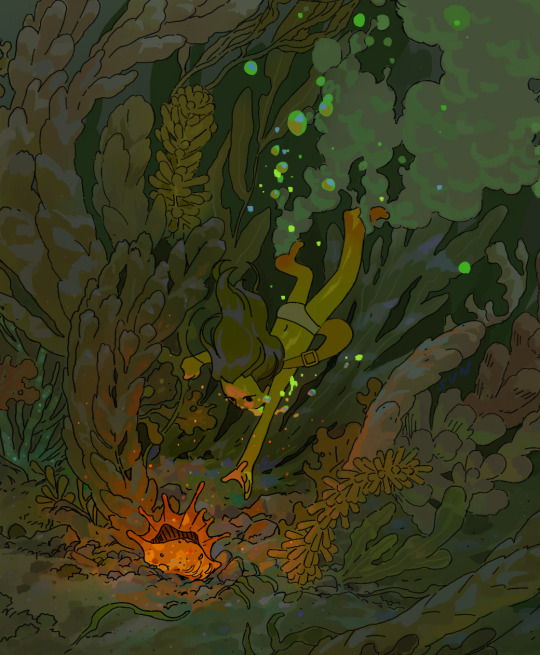
wandering underwater, hoping to find some magical items..
#underwater#sea#algae#seaweed#shell#girl#explorer#green#linework#digitalart#digital#line#art#artist#artistontumblr#svndvn#sevendeven#magic#mystery
9K notes
·
View notes
Text
symbiosis


some visible mending I did on an old flannel recently! this was fun but took me so long to convince myself to do, Im very happy with how its come out though. The lichens are oak moss, bloodstain lichen, a third thats very common in texas but i forgot the name of, and then some lovely little algae (i love algae in theory but hate it in eutrophication ;v;)
#lichen#art#traditional art#artists on tumblr#embroidery#visible mending#sustainable fashion#slow fashion#patch#biology art#fiber arts#moss#algae#symbiosis
8K notes
·
View notes
Text



found this abandoned quilt top while cleaning and had to finish it up finally. screen printed and sewn last semester and finally quilted and bound yesterday. using holographic foils to emulate the glassy appearance of diatoms under the microscope, i sewed a log cabin pattern as a playful nod to the idea that diatoms live in tiny glass houses.
Glass Cabin, 2023, 40x42in, pieced cotton with textile foil screenprints, polyester batting, gifted fabric backing
7K notes
·
View notes
Text




gifts for microbio and paleo enthusiasts! :DD
#science#biology#microbiology#microscopy#cell biology#marine biology#paleontology#paleoblr#dinosaurs#phycology#algae#diatoms#coccolithophore#bacteria#nitrogen fixing bacteria#pins#keychains#small business#artists on etsy#mu's wares
2K notes
·
View notes
Text
"Any good gardener knows what a good de-weeding can do for a vegetable garden. As it turns out, it’s much the same for coral reefs.
Following a volunteer “sea-weeding” program launched in Australia, scientists are witnessing compounding coral recovery both in quantity and diversity, and suggest that this simple method has the power to transform degraded reefs overrun by macroalgae.
In a balanced ecosystem, macroalgae is kept in check by the size and health of corals, but as extreme weather events or coral bleaching causes some sections of reef to die, macroalgae has no other neighbor keeping a check on its spread.
Over a period of three years, the joint Earthwatch Institute program led by James Cook University Senior Research Officer Hillary Smith and Professor David Bourne, also at JCU and the Australian Institute of Marine Science, has organized volunteer citizen scientists to help remove macroalgae at two experimental reef sites.
The results of the first three years of work and study have now been published in the Journal of Applied Ecology, and they show a 600% increase in coral recovery rates.
“It’s just like weeding your garden,” Smith said. “Every time we return, the seaweed is growing back less and less, so this method could provide lasting benefit without requiring endless effort.” ...
The importance of the study, Smith details, is that a lot of reef recovery efforts globally are powered by expensive, high-tech, and experimental solutions. The study hoped to show that manual de-weeding was just as effective, and thereby encourage organizations or nations that lack the tech or funding of a country like Australia to pursue sea-weeding as a way of protecting their corals.
“We have yet to see a plateau in coral growth within these plots at Magnetic Island, which is characterized as one of the degraded reefs on the Great Barrier Reef,” Smith said. “We also found an increase in coral diversity, so this method is benefitting a wide range of different coral types.”
Smith said her team are now scoping other locations where the sea-weeding technique could be useful, including the Whitsunday Islands, which are home to a different species of predominant seaweed.
They also want to employ them in French Polynesia, Indonesia, and even Singapore, where experts have identified out-of-control macroalgae spread along coral reefs."
-via Good News Network, September 19, 2023
#algae#seaweed#coral#coral reef#great barrier reef#australia#biodiversity#ecosystem restoration#ecosystem#good news#hope#hope posting
4K notes
·
View notes
Text

Mystic Pond by Ralf Mooss
#landscape#nature#green#moss#woods#forest#naturecore#pond#trees#plants#algae#curators on tumblr#uploads#outdoors
2K notes
·
View notes
Text

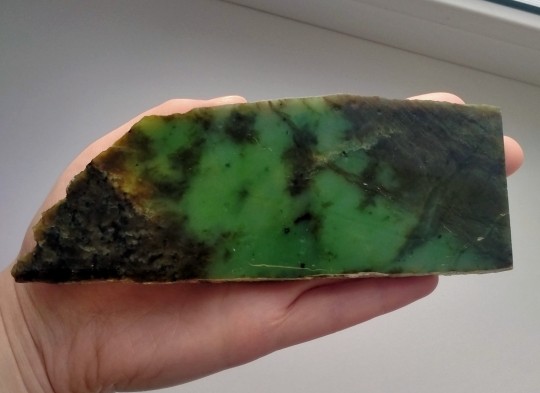
Took me a long time, but here it is - Rapture from Bioshock on a slice of jade for @xxkyuubimonxx . It was a painstaking work, but it helped taking my mind off the war's "anniversary"
#bioshock#rapture#bioshock rapture#underwater#underwater city#kelp#algae#jellyfish#jade#minerals#miniature#painted stones#rock painting#painted rocks#sea#green#gemstone#my art#skyscraper
5K notes
·
View notes
Text

My partner: Takes me to a beautiful beach at sunset with his family.
Me: "Look! Algae mustache!"
Can't take a phychologist anywhere nice.
21K notes
·
View notes
Text



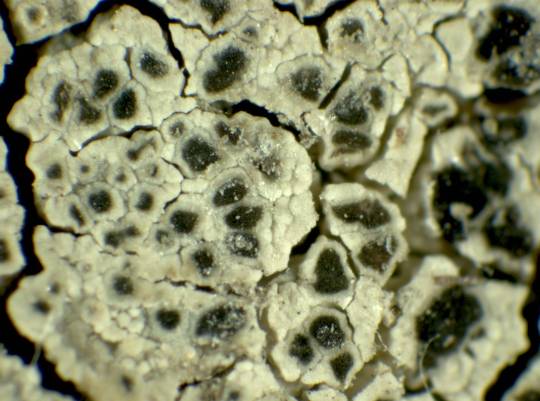






Lecanora intricata
Lichens have a few different ways to reproduce (they're just awesome like that) but most lichen symbioses include an ascomycete fungi, AKA a sac fungi. These fungi create spores in internal sacs known as asci (singular: ascus), and lichenized ascomycetes often house these sacs in their apothecia, or fruiting bodies. So you see those dark spots on the surface of our pal L. intricata here? Those are its apothecia, or its fruiting bodies, from which fungal spores will be ejected to go out and hopefully form their own little lichens someday. Pretty neat, huh? L. intricata is a crustose lichen with a verrucose (wart-like)-areolate (tile-like) thallus. It has a gray-green to yellow-green surface sitting atop a dark prothallus (a layer of fungal hyphae). It should look something like puzzle-pieces on a dark surface. It has blackish-green to brown, irregularly shaped apothecia immersed in the thallus surface. L. intricata grows on silicious rock and occasionally wood in montane, boreal, and arctic habitats.
images: source | source | source | source
info: source | source | source
#lichen#lichens#lichenology#lichenologist#mycology#ecology#biology#fungi#fungus#nature#symbiosis#symbiotic organisms#algae#the natural world#life science#environmental science#natural science#trypo#trypophobia#Lecanora intricata#Lecanora#I'm lichen it#lichen a day#daily lichen post
47 notes
·
View notes
Text
Algae tending to their sea plants 🐇🌿
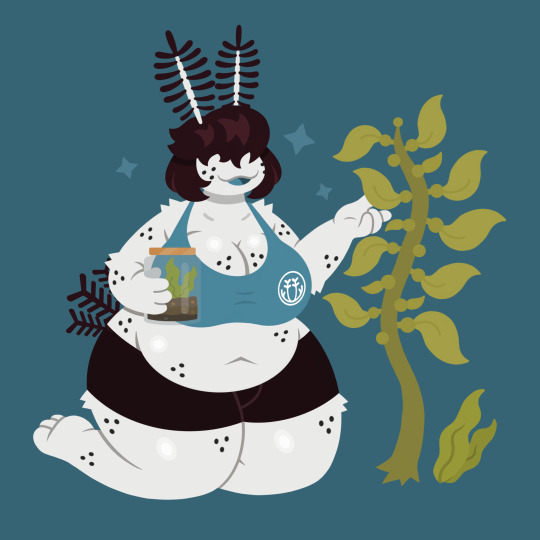
#nay draws#nay ocs#algae#sea bunny#they/them#happy to finally draw them a new piece (: my silly wife (@chaireepi) helped save this one#the sketch was real bad and she came in and slayed all over the place
1K notes
·
View notes
Text

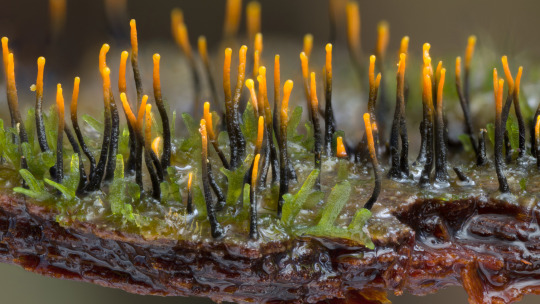
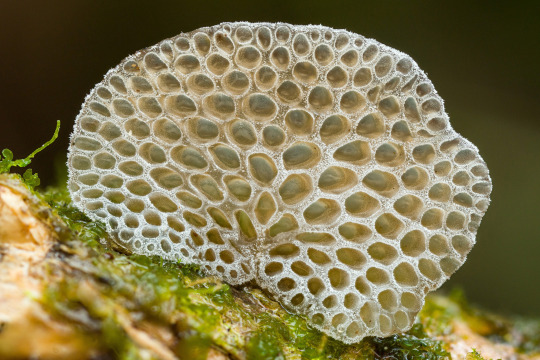
In an Ecuadorian Cloud Forest, Two Mycologists Catalogue Hundreds of Fantastical Fungi
2K notes
·
View notes
Text


Lichen doodles from my sketchbook ✏️💚
#lichen#lichens#lichenology#mycology#fungi#algae#botany#ink sketch#ink drawing#doodles#doodling#doodle#sketchbook#sketches#art journal
1K notes
·
View notes



